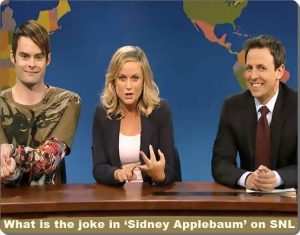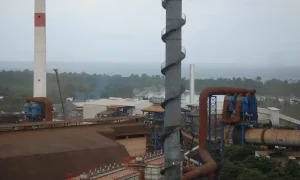Amazon received the stamp of approval this week from US communications regulators to put thousands of internet satellites into low Earth orbit.
It is not yet known exactly when they will be released, but the FCC report says the design for the metallic birds is still pending.
Amazon still hopes to use the satellites, called Project Kuiper, for $10 billion to provide Internet access to hard-to-reach areas of the US, with the first batch containing 578 satellites.

On Friday, Dave Limp, an executive at Amazon, said in announcing the FCC approval: “We’ve heard so many stories lately of people who can’t do their jobs or school work because they don’t have reliable Internet at home. There are still too many places where broadband access is unreliable or non-existent, whether in rural or urban areas.
The constellation will orbit between 590 and 630 kilometers above the Earth’s surface and will use a combination of high-speed broadband and fiber optic cables, according to the FCC.
American consumers will benefit from the broadband services Kuiper intends to provide. Amazon plans to bring 50 per cent of its fleet to market and bring the other half to market by the end of the year, with a target launch date of mid-2018, according to the FCC report.
Under the updated FCC rules, the e-commerce giant must submit a report on how it intends to minimize the risk of the emergence and spread of space junk. As more satellites are launched into space, objects collide with each other, creating a chain reaction of floating debris that will hinder future launches and missions of spacecraft, known as the Kessler effect.
It is unclear how Amazon plans to put the satellites into orbit, but the FCC wrote that Kuiper will also need to seek changes, including an updated description of its plan to reduce space debris before the mission can begin.








